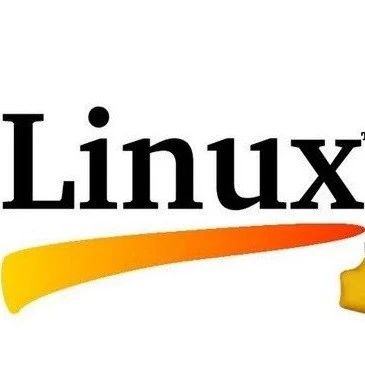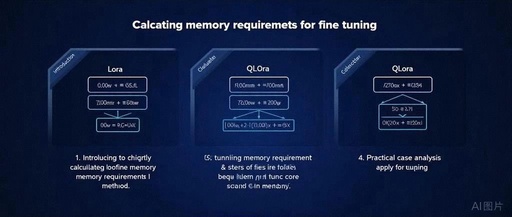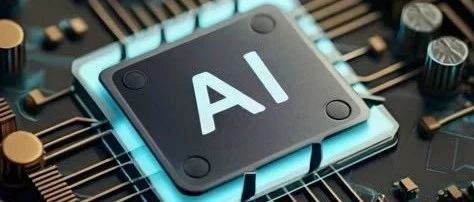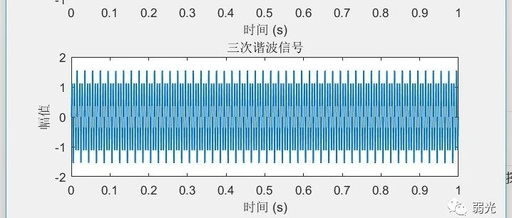Linux Disk Management: A Complete Process from Mounting to Daily Maintenance
Physical Device Recognition In Linux, everything is a file. When you connect a new disk to the system, the Linux kernel detects this device through the udev event mechanism: # View the disk devices recognized by the system $ lsblk $ ls -l /dev/sd* Disk devices are typically represented by paths such as /dev/sda, /dev/sdb, … Read more









